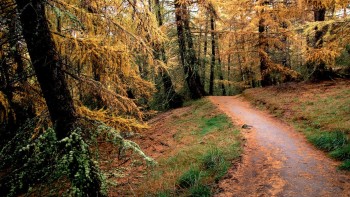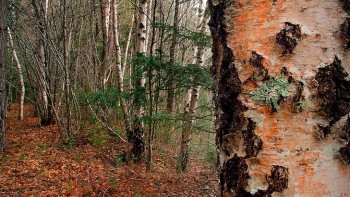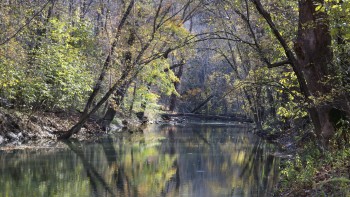The Conservation Finance Toolkit is a resource explaining tools and techniques available to conservation finance practitioners. Tools covered vary from the simple to the complex. Each writeup contains an example of the technique in practice.
We encourage your questions, feedback and thoughts on concepts that we currently cover or could include in this toolkit.







